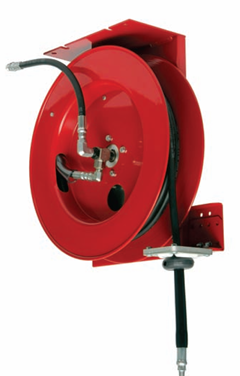October 22, 2025
Across a wide range of industries, the fuel reel has become an indispensable tool for improving safety, organization, and productivity. These durable devices are specifically designed to manage hoses or cables that transport fuel, air, or fluids, keeping them neatly stored and easily accessible. Whether in aviation, agriculture, marine operations, or industrial facilities, fuel reels simplify operations by eliminating hose clutter and minimizing trip hazards.
Cable fuel reels are more than just convenient storage tools—they’re precision-engineered components that protect valuable equipment and streamline fueling processes. From small service stations to massive transportation hubs, the right fuel reel setup helps maintain operational flow, conserve space, and extend the life of hoses and cables.
Operating Cable Fuel Reels
At their core, cable fuel reels function as mechanical winding systems that allow hoses or cables to extend for use and retract for storage. A fuel reel typically includes a drum, spool, spring or motor retraction mechanism, and a mounting system. When fuel needs to be dispensed, the operator can easily unwind the hose to the desired length. Once finished, the reel retracts the hose automatically or manually, depending on the model.
According to research from IQSdirectory.com, there are five different methods for positioning a hose reel, which include ceiling-mounted, wall-mounted, post-mounted, free-standing, and mobile-mounted. This versatility ensures that a fuel reel can be installed in nearly any environment—whether fixed above a workstation, attached to a vehicle, or stationed on the floor for portability.
The mechanism behind cable fuel reels often incorporates a spring tension system, electric motor, or hydraulic assist to control movement. The internal components ensure smooth retraction without kinking or tangling, protecting hoses and maintaining consistent performance. High-quality fuel reels are typically made of corrosion-resistant materials such as aluminum, stainless steel, or powder-coated steel, ensuring longevity even in demanding outdoor or marine conditions.
Using Cable Fuel Reels in Key Industries
Fuel reels play an essential role in industries that depend on efficient and safe fuel transfer. In the aviation sector, for example, fuel reels are used for refueling aircraft quickly and safely, keeping hoses organized on tarmacs and hangars. The precision and mobility of a well-designed fuel reel are vital in preventing leaks and ensuring compliance with stringent safety standards.
In agriculture, cable fuel reels are commonly used on farms for fueling tractors, harvesters, and irrigation equipment. They help farmers maintain productivity by reducing downtime and preventing fuel spills that can damage soil or crops. Similarly, in construction and mining, where heavy machinery operates continuously, fuel reels facilitate rapid refueling and minimize delays on site.
The marine industry also depends heavily on cable fuel reels. Boats, ships, and offshore platforms use specialized reels to manage fuel hoses in wet and corrosive environments. A marine-grade fuel reel resists rust, tolerates saltwater exposure, and supports safe transfer in confined spaces.
Industrial facilities, transportation depots, and emergency response units rely on fuel reels to streamline operations as well. In manufacturing environments, they’re used to distribute not just fuel but also lubricants and compressed air. Their adaptability across sectors underscores their value as a key component of modern operational efficiency.
Recognizing the Benefits of Cable Fuel Reels
The benefits of incorporating a fuel reel into workplace operations are multifaceted. One of the most significant advantages is enhanced safety. By preventing hoses and cables from lying across walkways or work areas, fuel reels reduce the risk of trips, falls, and equipment damage. In high-risk settings like airports or refineries, this reduction in hazards is critical.
Another major benefit is improved efficiency. A well-designed cable fuel reel allows workers to deploy and retract hoses quickly, saving valuable time. Automatic or spring-assisted retraction ensures that hoses are stored neatly after use, preventing tangles that can lead to premature wear or leaks.
Convenience is another major factor driving the use of fuel reels. Operators can easily access hoses without struggling to move heavy lines manually. This simplicity translates into smoother workflow and reduced strain on workers.
Durability also plays a significant role. High-quality fuel reels are engineered for long service life and minimal maintenance. Their sealed bearings, reinforced frames, and corrosion-resistant finishes allow them to perform reliably even in harsh environments. In industries where uptime is critical, a reliable fuel reel minimizes the likelihood of costly interruptions.
Finally, fuel reels contribute to cost savings by protecting hoses and preventing damage caused by dragging or improper storage. The controlled retraction feature helps extend hose life and reduces replacement frequency, adding long-term value to any operation.
Maintaining Cable Fuel Reels for Optimal Performance
Proper maintenance ensures that a fuel reel operates smoothly and safely for years. Regular inspections should be performed to check for wear, leaks, or corrosion. Reels exposed to outdoor environments or heavy use require more frequent servicing.
Lubrication of moving parts is essential to prevent friction and maintain consistent performance. For spring-driven reels, tension adjustments may occasionally be needed to ensure balanced retraction. Keeping the reel clean—especially in dusty or marine environments—helps prevent grit buildup that can interfere with moving parts.
It’s also important to replace any damaged hoses immediately to prevent safety hazards or system inefficiency. Most manufacturers provide detailed maintenance guidelines for their fuel reels, which include inspection intervals and recommended cleaning procedures.
Routine care not only extends the lifespan of the reel but also supports consistent performance in critical fueling operations. By taking a proactive approach, operators can avoid unplanned downtime and ensure that their equipment continues to meet operational demands.
Choosing the Right Cable Fuel Reel for Your Needs
Selecting the appropriate fuel reel depends on understanding your specific operational requirements. The first factor to consider is the type of fuel or fluid being handled. Some reels are specifically designed for diesel, gasoline, or aviation fuels, while others can handle hydraulic fluids or lubricants.
Next, consider the hose length and diameter needed for your setup. Longer hoses require larger reels with stronger tension mechanisms to ensure proper retraction. The working environment also plays a crucial role—outdoor, marine, or industrial applications may demand corrosion-resistant materials or sealed components.
Mounting configuration is another key consideration. As IQSdirectory.com notes, the five main mounting styles—ceiling, wall, post, free-standing, and mobile—offer flexibility for nearly any workspace layout. A mobile-mounted
fuel reel may be ideal for service trucks or temporary refueling stations, while a ceiling-mounted model can save valuable floor space in workshops or hangars.
Budget and maintenance expectations should also influence your choice. Investing in a high-quality reel from a reputable manufacturer may cost more upfront, but it will often pay off through longer lifespan and reduced downtime. Evaluating the warranty and availability of replacement parts ensures continued support over time.
In addition, it’s worth considering the type of retraction mechanism—manual, spring-driven, or motorized. Motorized reels offer effortless operation for larger facilities, while manual or spring-driven models provide economical and dependable solutions for smaller-scale operations. No matter the configuration, choosing the right fuel reel can make a significant difference in operational efficiency and long-term cost savings.
Cable fuel reels have become essential components across industries that depend on safe, efficient, and reliable fuel transfer. By keeping hoses organized, reducing hazards, and ensuring consistent performance, these tools play a critical role in daily operations—from airports to construction sites to marine docks.
With various mounting options and configurations available, there’s a fuel reel suitable for every environment and application. Proper maintenance and thoughtful selection ensure optimal functionality and long-term value. As technology continues to advance, the modern fuel reel will remain a vital asset in supporting productivity, safety, and sustainability across diverse industries. If you need a high-quality fuel reel, contact Duro Manufacturing, LLC today!


